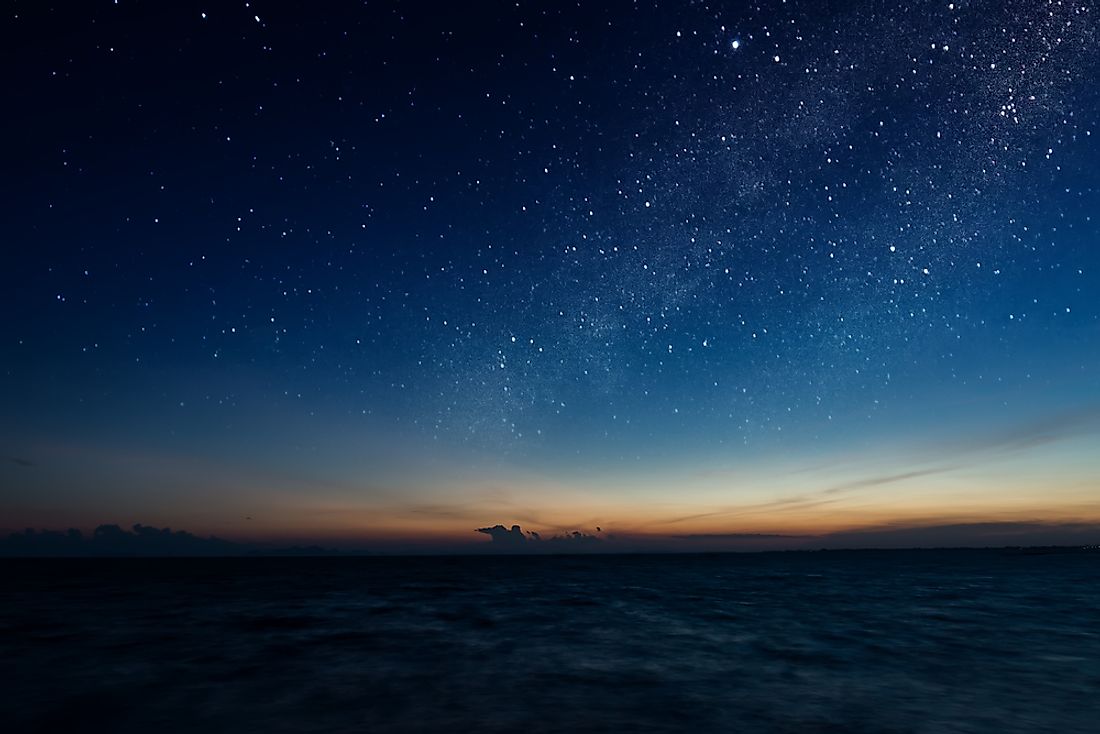What Is The Difference Between Dusk And Twilight?

Twilight and dusk refer to different occurrences relating to the movement of the sun on the solar elevation angle. The timing of twilight and dusk can vary based on various factors such as the position of the observer in relation to latitudes, seasonal variations, and the position of the sun.
What Is Twilight? When Does Twilight Occur?
Twilight is the time of the day between sunrise and dawn and the time between sunset and dusk. During twilight, sunlight is scattered in the upper atmosphere and illuminating on the earth’s lower atmosphere. Astronomers define twilight under three distinct subcategories; civil, nautical, and astronomical twilight based on the sun's elevation relative to the earth’s horizon.
Civil twilight occurs when the sun falls below 6 degrees on the earth’s horizon. It is the brightest twilight and the horizon is seen clearly without the help of artificial light. Countries use the definition of the civil twilight to enact laws relating to hunting, aviation, and the use of headlights.
Nautical twilight occurs when the sun lies between 6 and 12 degrees below the horizon. During the nautical twilight, artificial light is required for outdoor activities since there is little sunlight illuminating the earth’s atmosphere. Nautical twilight dates back to the ancient times when sailors used the stars to navigate the sea. The phenomenon is used by the US military to commence their twilight tactical operations.
Astronomical twilight is the time when the sun lies between 12 and 18 degrees below the earth’s horizon. It is the darkest twilight when the sky is dark enough for all kinds of astronomical observations.
The length of twilight is dependent on the latitudes where tropical and equatorial regions have shorter twilights as compare to in higher latitudes. During the polar regions during the March equinox, the North Pole does not experience nautical and astronomical twilight; rather, there is continuous civil twilight. During the September equinox, there is no twilight at all in the North Pole due to the Polar Day and Midnight Sun. After this phenomenon, the sun sinks below the horizon causing days of continuous civil twilight then subsequent days of nautical twilight followed by astronomical twilight. The same phenomenon is experienced in the South Pole at opposite times of the year.
What Is Dusk? When Does Dusk Occur?
Dusk refers to the time commencing immediately after the evening twilight. It marks the beginning of the evening when the sky is blue and bright. At dusk, artificial light is required while reading outside since there is no sunlight to be scattered and illuminated. Similar to twilight, dusk is classified into three main subcategories; civil, nautical, and astronomical dusk.
Civil dusk occurs in the evening when the geometrical center of the sun is 6 degrees below the horizon. Astronomical objects become visible at this time.
Nautical dusk occurs in the evening when the sun is 12 degrees below the horizon. Astral objects in the sky become bright and are clearly visible.
Astronomical dusk occurs when the geographical center of the sun is at 18 degrees below the horizon. After this point, the sky is no longer illuminated.











